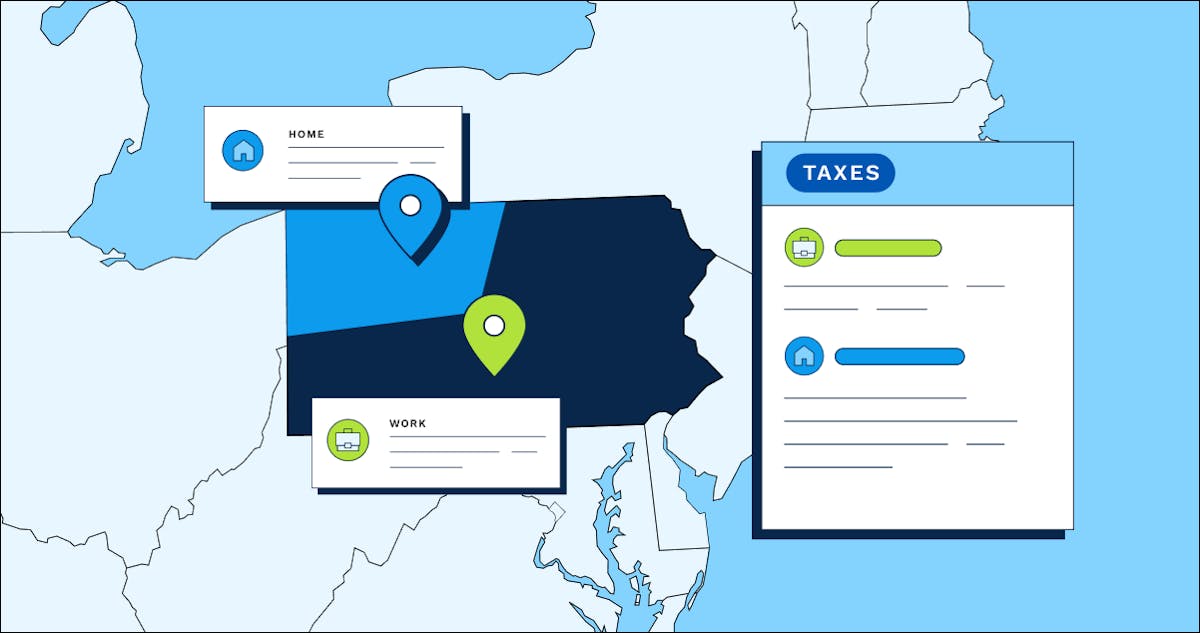From Burden to Breakthrough: How Payroll Teams Are Automating Local Tax Compliance
Explore how payroll teams are tackling local payroll tax compliance. With more than 6,000 jurisdictions and hundreds of new rules each year, manual processes are costly and risky. This recap of Symmetry’s webinar with PayrollOrg reveals how automation helps payroll professionals reduce errors, save time, and improve compliance confidence.

In the ever-evolving landscape of payroll operations, few challenges are as persistent—or as overlooked—as local payroll tax compliance. While federal and state regulations get most of the attention, the complexity of local tax assignment is where many payroll teams quietly lose time, increase risk, and erode employee trust.
That’s why hundreds of payroll professionals recently tuned into a webinar hosted by PayrollOrg and Symmetry titled “The Practical Approach to Reducing Risk.” The session, led by Symmetry’s Head of Tax Research and Compliance Keegan Robinson and Head of Product Greg Lyon, shed light on the hidden burdens of local tax assignment—and how automation can solve them at scale.
The Reality on the Ground: A Fragmented Local Tax Landscape
The numbers speak for themselves. There are currently over 6,000 local tax jurisdictions in the United States—and nearly 200 new local taxes are introduced every year. In 2024 alone, 30 new taxes had already been created by July.
Some states are especially complicated. Pennsylvania leads with over 5,260 local tax jurisdictions. States like Ohio, Kentucky, and Indiana also present serious complexity with hundreds of localized rules. And in places like Michigan, Alabama, and Oregon, even a city block can mean the difference between tax compliance and costly error.
What’s worse, there’s no centralized source payroll professionals can rely on to stay up to date. Many public tools lack depth or accuracy, and relying on zip codes alone often leads to misapplied taxes. For companies operating in multiple jurisdictions—or with growing remote workforces—this is a recipe for noncompliance.
Payroll Professionals Know There’s a Problem
The attendees—more than 1,000 payroll professionals—shared their own perspectives through four live polls. The data was revealing:
- 59% said they were “somewhat confident” in their current tax assignment process, admitting it needs improvement.
- 10% reported they were “not very confident,” noting they’ve experienced issues.
- Only 26% claimed to be “very confident.”
These responses reflect a clear theme: most teams know their current approach is fragile or outdated—but may lack the time or tools to fix it.
The Challenge Is Not One Thing—It’s Everything
When asked about their biggest challenge in managing local payroll taxes, nearly 59% chose “all of the above”—indicating they simultaneously face issues with:
- Keeping up with local tax law changes
- Accurately assigning taxes based on address (especially for remote/hybrid workers)
- Manual time and effort
- Managing relocations and onboarding events
This was echoed in the fourth poll, where 33% said the one thing they’d most like to improve is reducing manual effort, followed closely by a desire to simplify compliance for remote workers (25%) and eliminate payroll errors (18%).
Perhaps most striking? Over half of respondents said their organization either hasn’t reviewed their local tax process in more than a year or they aren’t sure when it was last examined. In a compliance category that’s constantly shifting, that’s a red flag.
The Hidden Cost of Manual Tax Assignment
According to Symmetry’s product leader Greg Lyon, the traditional, manual approach to local tax setup is not only risky—it’s expensive.
“Miss a jurisdiction, and you’re looking at penalties and amended returns. Get it wrong, and your employees will notice—and complain. And every manual entry takes time your team doesn’t have.”
Consider this: for organizations that hire at scale, manual tax setup can take up to 30 minutes per employee. If you onboard 5,000 new hires annually, that adds up to 2,500+ hours of manual work. That’s the equivalent of an entire full-time employee just for tax setup—every year.
Beyond time, there’s the issue of accuracy. Zip code–level mapping is insufficient. Two buildings across the street can fall under entirely different tax jurisdictions.
“It’s not just about finding a tax, it’s about pinpointing the right one every time—based on rooftop-level geolocation.”
Local Tax Compliance Automation Offers a Way Out
So what does a better process look like?
Symmetry shared how its platform, Payroll Point, automates the entire local tax assignment process—from identifying applicable taxes using rooftop-accurate addresses to auto-applying them in payroll systems with clear, defensible audit trails.
Here’s how it works:
- Trigger event: An employee is onboarded, moves, or changes work location.
- Data collection: The platform gathers the home and work addresses.
- Tax determination: Using rooftop-level geolocation, the platform identifies applicable local taxes.
- Tax assignment: The system updates the payroll profile, applies the taxes, and logs the decision logic for future audits.
This shift not only reduces risk—it unlocks efficiency. Lyon emphasized that the platform is plug-and-play with most HCM systems, scales across workforce size, and provides transparent logic for every tax determination, which is crucial during audits or when employees have questions.
What to Look for in a Local Tax Tool
Robinson and Lyon offered a checklist for payroll teams considering modernization:
- Rooftop-level accuracy
- Seamless API integration
- Scalability for remote/hybrid teams
- Transparent logic and audit trails
- Auto-assignment, not just identification
As Robinson put it: “You’re not just buying software. You’re buying peace of mind, audit readiness, and hours back for your team.”
The Path Forward
As the webinar wrapped, one message came through clearly: local tax compliance is getting more complex—not less.But that doesn’t mean payroll teams have to keep firefighting.
With the right tools and strategies, it's possible to move from reactive to proactive, from risk to resilience.
For payroll professionals who haven’t reviewed their tax processes in a year or more, the time to start is now. Whether your organization is onboarding at scale or managing a growing remote workforce, automation offers a smarter, safer path forward.
